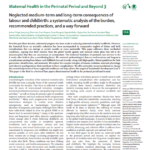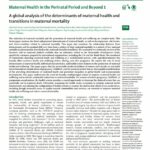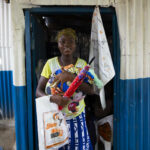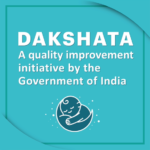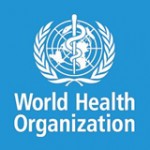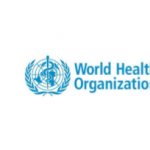The first hours and days after birth are the riskiest for both mothers and newborns.
There are important interventions and practices during this period that can reduce these risks. There are also opportunities at multiple points in time to help ensure high coverage for these interventions and practices. For example, contacts during pregnancy can be used for counseling and health education on newborn care and care-seeking for danger signs in the postnatal period. This support may be especially important in settings where births still take place at home.
75
percentage of newborn deaths that occur in the first week of life
48
number of hours after birth when a newborn is at highest risk of death
All data on this page represents the most recent data available, unless otherwise noted. Please visit our Newborn Numbers page and download the Excel spreadsheet to explore the data further.
More information
Postnatal care can also include assessment and counseling provided to the mother before discharge after giving birth in a health facility, as well as later contacts during home visits by community health workers or postnatal visits to a health facility. Broadly, the major elements of postnatal care include:
- counseling and health education on recognition of danger signs and appropriate care-seeking (for both mother and newborn)
- counseling and health education on routine care practices such as exclusive breastfeeding and good thermal care practices
- dispensing and related counseling for routine preventive interventions (such as chlorhexidine for cord-stump care and postnatal iron supplementation)
- assessment and case-management and referral for any identified complications or risk conditions
It is through the same contacts that we have opportunities to improve outcomes for both mother and newborn, so programs and services should focus on needed care for both. This more integrated perspective is reflected in the most recent guidance from the World Health Organization (see Resources below).
Home visitation by community health workers has been promoted as a postnatal care strategy based on promising pilots in South Asia that demonstrated potential for reducing newborn deaths. However, it has proven difficult to achieve comparable benefits under more routine conditions at scale.
With the marked increases in institutional deliveries seen in many settings in recent years, there is increasing attention being given to taking better advantage of the time before discharge to ensure delivery of key aspects of postnatal care. Challenges to taking optimal advantage of this contact include the very high volume of births in some centers and the common practice of early discharge.
Follow-up visits to the health facility for postnatal care can provide an important opportunity to ensure assessment, care, and provision of important counseling. Suitable timing and content of such care will depend on the overall configuration of postnatal care services specific to the setting.

